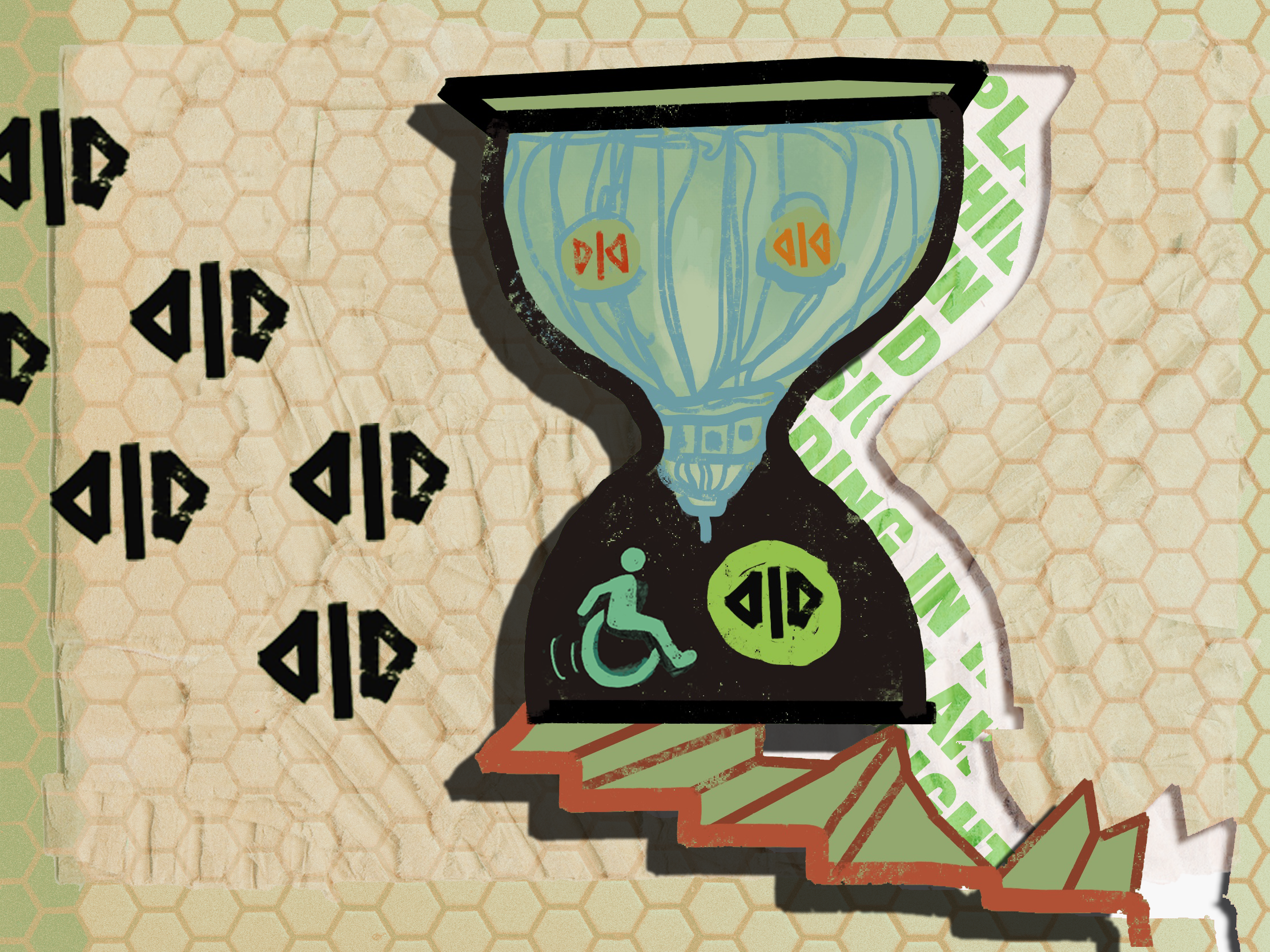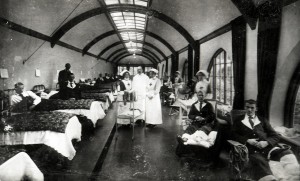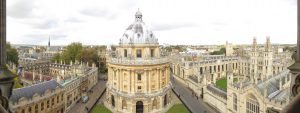
Hiding in Plain Sight: Oxford’s accessible accommodation problem
by Sara Hashmi | May 3, 2021
Step through the grand doors of any college at the start of the academic year, and excited freshers dressed in branded shirts will be strewn across the quad. Chatting about “‘formals”’, “‘hall”’, and “‘matriculation,”’ they familiarise themselves with the Oxford jargon, slowly beginning to build the community that will support them throughout their degree.
For most Oxford students, this scene has echoes of familiarity. Yet, for some disabled students, such as wheelchair users, this narrative is far removed from their first experience. For them, the very first obstacle is hidden in plain sight: how do they take the first step?
The difficulties in accessing college entrances are one of a myriad of issues wheelchair users face when coming to Oxford. While battling the physical limitations posed by a historic city, disabled students must also face a lack of awareness on the part of colleges and the student community about the meaning of accessibility.
Accessibility does not just include physical access to various facilities, such as accommodation and social spaces, but also staff and students’ attitudes towards access and ability; these attitudes shape the disability community’s experiences of Oxford. An accessible, supportive environment helps students with disabilities partake in college and university life, but a lack of accessibility can have a detrimental social and emotional impact, widening the isolation gap between students with and without disabilities. Up to 85% of young adults with disabilities battle with loneliness, and inaccessibility is a significant factor in this.
The Equality Act (2010) identifies disability as a “physical or mental impairment [which] has a substantial and long-term adverse effect” on one’s ability to carry out day-to-day life. The Act mandates organisations to implement “reasonable adjustments” to prevent people with disabilities from being disadvantaged. Colleges and Permanent Private Halls (PPHs) fall under this jurisdiction. However, the law offers reasonable adjustments for organisations, which can include telling people with disabilities to simply avoid physical buildings that cannot be modified. The use of these stipulations provides a variety of routes to meeting legal requirements, so organisations differ broadly in their approaches.
As a result of the ambiguity in the legislature, accessibility for wheelchair users at Oxford varies widely. Some colleges, such as Wadham, have well-equipped accessible accommodation, with six accessible en-suite rooms in college and a further six in the Dorothy Wadham Building. Similarly, St Catherine’s has seven wheelchair accessible rooms, with fully equipped laundry rooms and kitchens. Certain colleges also have far more accessible social spaces, such as St Peter’s, which has accessible entrances to both the Junior Common Room (JCR) and the bar, or St Edmund’s Hall, which has wheelchair access to the college bar and both floors of the JCR. The significance of accessibility on college selection is clear from an early stage, with one St Anne’s fresher noting: “one of the reasons I picked St Anne’s was because they had [accessible] facilities.” The college was able to facilitate her needs with ease, providing her with an en-suite and close kitchen access.
However, most of the 33 colleges and PPHs that admit undergraduates have limited facilities for wheelchair users. Hertford College, for example, have one wheelchair accessible room within college with en-suite facilities, access to a shared kitchen, and individual arrangements regarding laundry. They state they “liaise with students prior to the start of their course to discuss their needs and respond to their requirements”. Similarly, Christ Church has only two accessible rooms on site which can cause issues when students move every year; students may have to live in the same room isolating them from their peers. Christ Church responded to this article to reiterate: “Christ Church is committed to ensuring the College and Cathedral are accessible to students, staff and visitors.” In addition to the two “fully-adapted rooms” on the main site the Liddell Building on Iffley Road has a “three room accessible flat […] which [Christ Church] will shortly be modernising.” Other rooms in the St Aldate’s Building are “wheelchair accessible with a lift and no-steps and [a] lift to make the historical Hall accessible to everyone.” As well the “new Visitor Centre in the Meadow and the main Lecture Theatre and Exhibition Space in Blue Boar are also fully accessible” and the college is “currently in the process of reviewing accessibility across Christ Church [updating the website] to ensure that it complies with the most up-to-date accessibility requirements.”
Despite efforts isolation continues. This sense of isolation is exacerbated by a lack of access to social spaces. College bars, especially those that are underground like at Exeter, are often inaccessible. Lack of access to social spaces can deeply impact the way students with disabilities experience student life, leading to a sense of detachment from the college community and potentially contributing to declining mental wellbeing.
Though some colleges may be physically restricted in the adjustments they can make, their willingness to help disabled students can make all the difference. The fresher at St Anne’s notes that her college reached out to her first, making the process of accommodating her needs “convenient and easy.” Similarly, her JCR has been a welcoming community, with the Disabilities Representative organising social events and aiding students with any issues they may come across. A student at Pembroke described how, during her first week at Oxford, her wheelchair broke, losing a bolt. Fortunately, the JCR banded together, tried to locate the missing piece, and ordered meal deliveries for her the next day. Here, the JCR’s attitude was imperative in helping the student, reassuring her that the community was welcoming and open to making the necessary adjustments.
Unfortunately, some disabled students have faced issues with colleges’ attitudes towards disability. A second-year wheelchair user at Jesus explained how last year’s room ballot left her uncertain about whether she would be able to live with other second years. After a conversion project last summer that aimed to make the Stevens Close Annexe accessible, she still found that the annexe had significant issues. The gate was not made automatic until her seventh week of living in the building, preventing her from leaving freely. Upon being asked about her college’s building conversion, she said: “it felt very much like they hadn’t logically thought about how a person in a wheelchair would actually go about living there.” This lack of adequate accommodation occurs due to the ambiguity of the Equality Act. Despite its professions of equality, it leaves room for “reasonable adjustment,” allowing organisations to interpret “access” differently. These discrepancies in accommodation highlight how, for disabled students, college choice deeply influences their freedom in terms of where and how they live and socialise.
At some colleges, staff perceptions of disability are an additional hurdle. The student at Jesus describes communication with the Accommodation Office as “very poor”; she needed her Disability Coordinator to advocate on her behalf in order for the college to acknowledge her concerns. Poor communication led to uncertainty for the student and her needs were never fully met as she continues to struggle with her laundry. The Jesus student also mentioned how limited the support from her JCR. In response, Jesus said: “While the College can’t comment on specific cases, we take our responsibilities to students with disabilities very seriously, and work closely with each individual student to ensure that reasonable adjustments are made.” All this goes to show that although a college may have the facilities for accessible accommodation, they also need to provide a cooperative and caring atmosphere to allow disabled students to fully utilise these tools.
College accommodation policies similarly affect disabled students’ experiences. While most colleges have balloted accommodation, some colleges also divide their rooms into various price bands. In this case, en-suite rooms, rather than those with shared bathrooms, are converted to be wheelchair-friendly. As a result, students’ choices are significantly limited, and must often pay higher rent rates to have rooms that meet their needs, exacerbating financial constraints on disabled students. These students already face daily living costs which are 25% higher than those of non-disabled people. For instance, at Merton, both accessible bedrooms on the main site are en-suites costing £231 more per year than rooms with shared bathrooms. Merton noted all first years are charged a flat rate, and, following this, there is college funding available, “including a dedicated Disability Grant, which can be used to cover disability-related costs”. Whilst this is helpful, the Disability Grant represents an additional bureaucratic hurdle disabled students must face. Thus, not only does college accommodation influence where prospective students apply, but once students have matriculated, they may face a lack of choice and a higher bill than non-disabled students, or additional hoops to jump through. Rather than narrowing the achievement and mental health gaps between students with and without disabilities, the isolation and costs of accessible accommodation only serve to widen it.
Yet, despite ambiguity and variation, there is an ever-present desire for change. This demand for change is largely driven by volunteer-led grassroots organisations, such as the Oxford Accessibility Project (OAP). Founded in 2016, the OAP aims to create an online College Access Guide providing a comprehensive overview of accessibility at every college and PPH. By collating this information to make it easily accessible, the OAP hopes to empower students with disabilities and illuminate the barriers they face. In this respect, the project has been immensely successful, gathering detailed information on no less than 19 colleges with the help of over 150 volunteers.
The OAP has also successfully incited change across the University. The College Access Guide has been integrated into the University’s Access Guide and renewed a push to assess the accessibility conditions at each college. As part of this rejuvenation of interest, in 2020, the University hired Janet Higham as the inaugural College Access Auditor. The importance of detailed, online resources cannot be understated, especially for disabled students, who need to be aware of what they can and cannot access even during the application process. As the Pembroke student says: “I live by the Oxford Access Guide.”
The demand for sufficient online resources has been noted by Helen Mountfield QC, Principal of Mansfield College and Chair of the Conference of Colleges Disability Group. Mountfield says that the College Access Guide can help “students, applicants and visitors see how accessible various colleges are, so as to ask for adjustments to be made.” Mountfield also believes the audit “will give every college the information its governing body needs to take an educated and proactive view of what reasonable adjustments must be made to accommodate people with physical or mental impairments.” This endeavour has been supported by the Student Union’s Disability Campaign. The Chair of the Campaign, Tiri Hughes, welcomed the audit and noted how, “it allows students to make informed choices about which colleges may be best to apply to, as well as helping current students with day-to-day activities.” Open access to this information helps students with disabilities tailor their decisions to their needs, ensures their lives aren’t hindered by a lack of access, and provides everyone with the adequate information to lobby colleges for physical change.
Nonetheless, it is evident that college accessibility remains profoundly inadequate. Colleges must take urgent action on this issue if they hope to ensure that disabled students have the adjustments they need for their wellbeing. There is collective hope, amongst both university officials and the student body, that the audit will be instrumental in this process. The information in the University Access Guide will provide disabled students with the tools necessary to make informed choices. The illumination of accessibility issues acts as a wakeup call for colleges and PPHs to prioritise access, especially if they want to succeed in welcoming a diversity of applicants. Only with greater emphasis on the importance of accessibility will disabled students be able to take a meaningful step forward. ∎
Words by Sara Hashmi. Art by Tiffany Chu.




